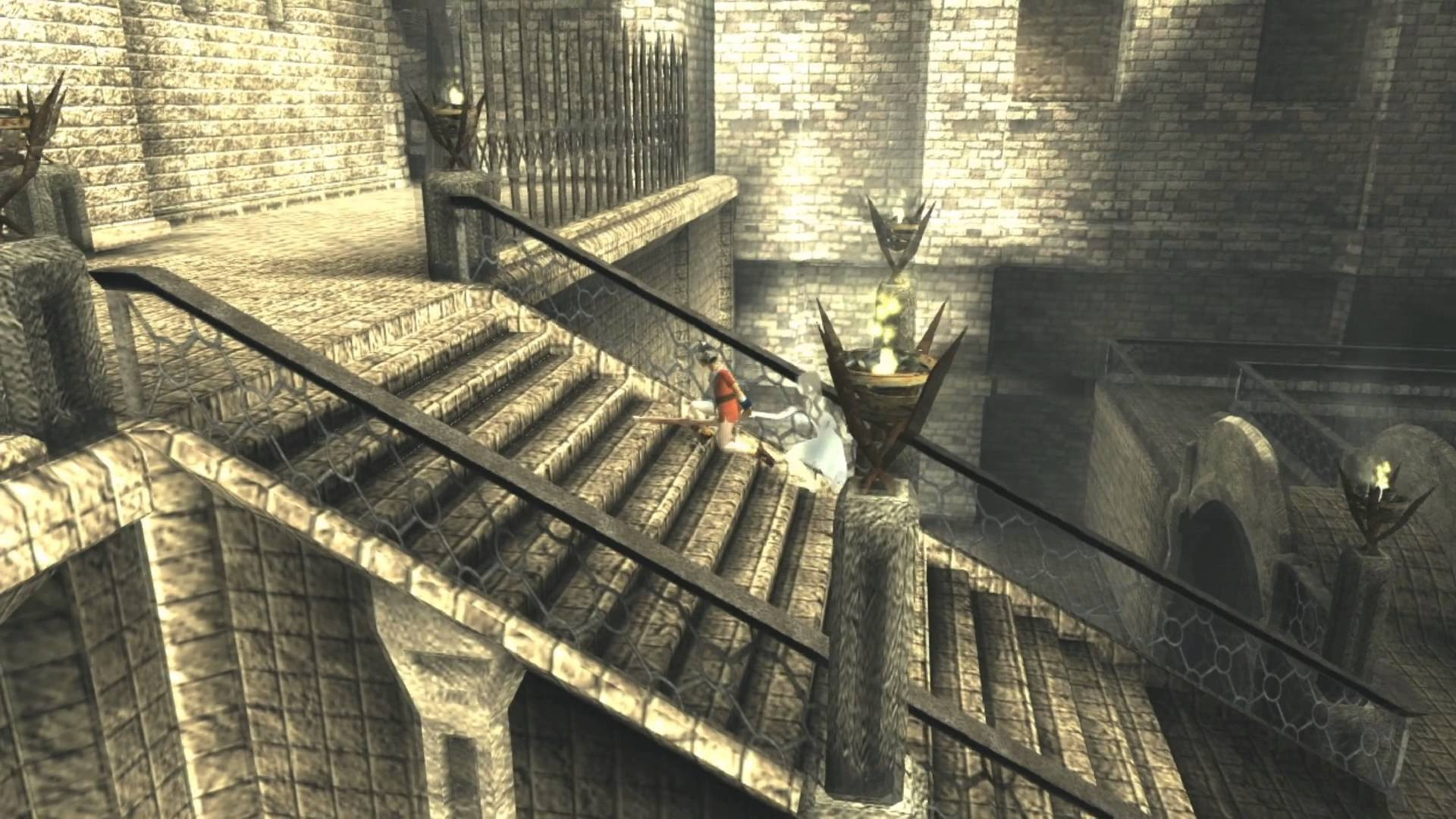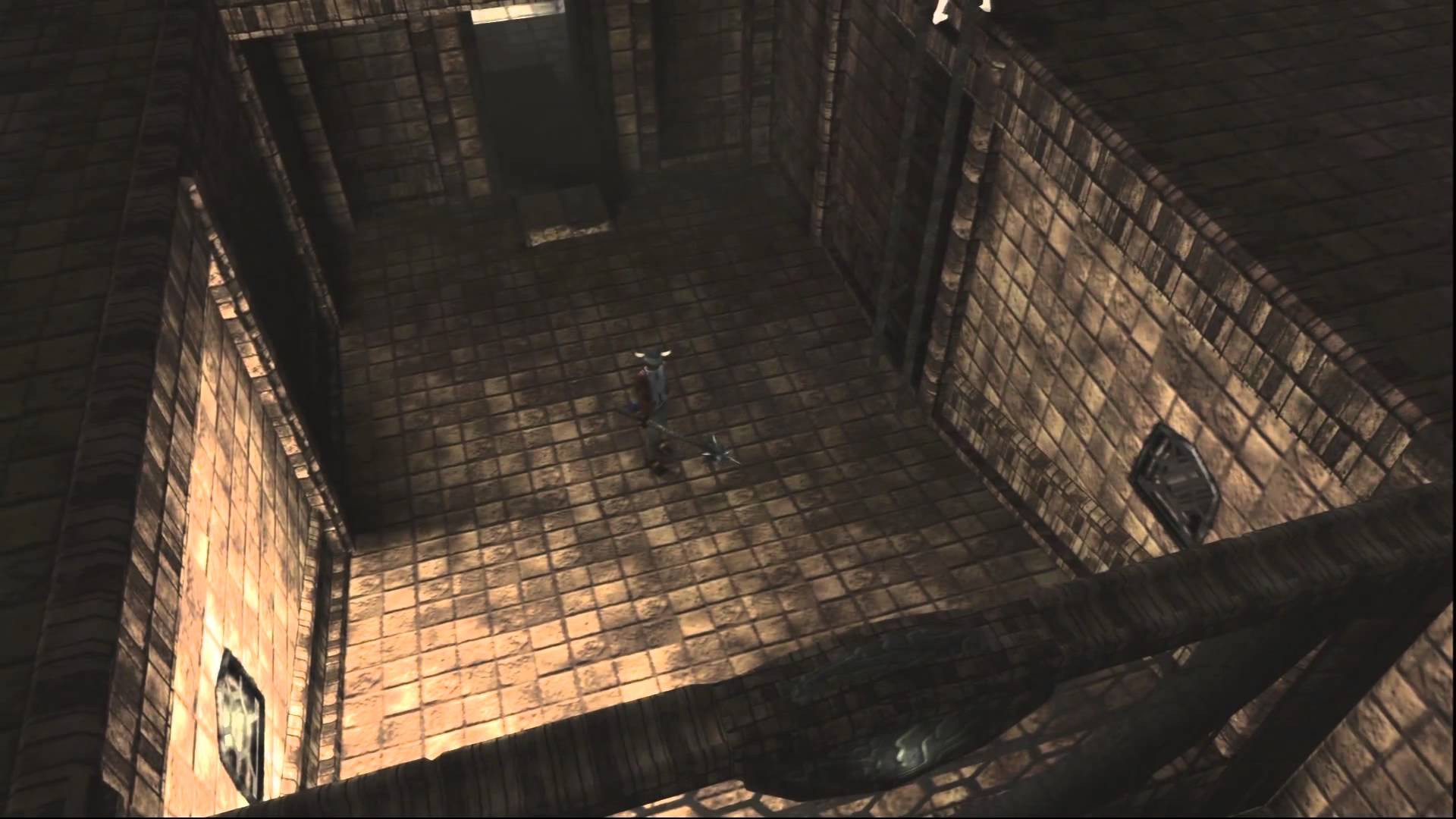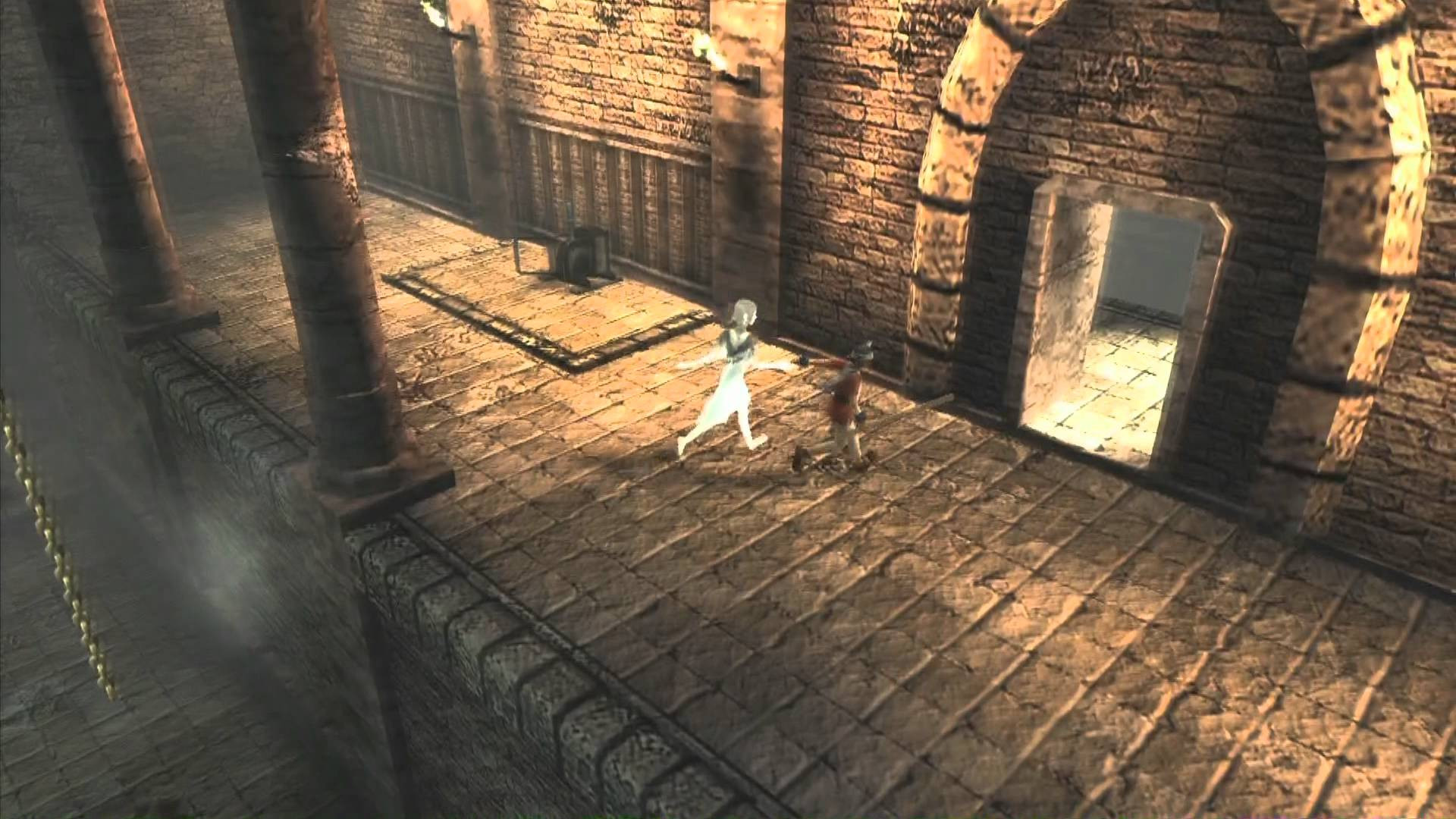
About SqncBrk
Sequence break is the act of obtaining an item out of order or performing certain action out of order. In…

A group of adult riders bring a horned boy into a gigantic abandoned castle, lock the boy up in a big stone coffin among dozens of other similar ones and leave, closing the door behind them so to speak. The protagonist, Ico, breaks free as a result of a sudden earthquake. Yes, the name of the game is the name of the protagonist, although soon the limelight will move to shine on a different and equally interesting character by the name of Yorda. The both of them won’t say a single sensible word to each other (the fact that they belong to two different worlds and thus speak different languages is the main plot device). But it seems like they get attached to each other forever.

You can’t control Yorda directly, you may call her over though, and she will then slowly approach Ico. You can also take her by the hand and drag her along, that’s considerably faster, but it’s not something satisfying: the controller sticks start to slightly vibrate as a result, causing the player some discomfort. There’s a ton of little discoveries like this one and the emotions caused by these gameplay boons are as good as those expressed by conventional means such as dialogues or cut-scenes. ICO replaces many habitual features in such manner. Music yields to the sound of wind howling in the ruins, and the latter turns out to be the best possible soundtrack (this approach to sound design will later be adopted by Demon’s and Dark Souls). Fear for the protagonist cedes to the care for an NPC — Ico can’t die in battle, Yorda, however, may be carried away by black shadows: you need to rush to her and drag her out of a “portal” in the floor. You’re given just enough time to make it if you hurry. These tense moments are way far from each other, and between them — long walks among the ruins in search of the way forward, which is often blocked by a puzzle — simple, intuitive, yet perfectly appropriate for this labyrinth-castle-ruin environment.
ICO as a metroidvania is an utterly minimalistic structure. It will take you merely a few hours to beat the game, not dozens: the castle isn’t large, and the only recurring element, those rudimentary battle scenes isn’t at all challenging. The protagonist doesn’t get any new abilities, a new weapon comes up twice (fourfold, if you count secret weapons). The route follows the linear sequence of the plot, from one puzzle to another. Coming back to previously visited places is terse and brief, the direction is simple and evident. The path from start to finish makes a continuous line with a short appendix of post-ending epilogue. ICO favors excellence of craft over complexity to become a masterpiece of short form.

The beauty and elegance of gameplay structure are mirrored in equally refined graphics. Minimal amount of objects in the picture, soft airy color scheme, incredible lights and shadows. The innovative shader lightning pioneered by Team ICO appeared in nearly every 3D game that came out later. It’s hard to overestimate the influence of this game; it was quoted as a major inspiration source by very different developers. Creative director of Halo 4 stated once that Master Chief and Cortana relationship was trying to replicate the bond of Ico and Yorda. And if you look at the big picture you can see that the greatest accomplishment of ICO was proving that emotions can be conveyed not by the cut-scenes but by the gameplay itself. That is enough of a reason to buy an HD-remaster and beat it in a few hours of free time. Loneliness and will to overcome the injustice that the game extracts from its player transform a simple story into a life-changing experience. It gifts you with the most precious feeling. You have a dream now: Yorda should be free.